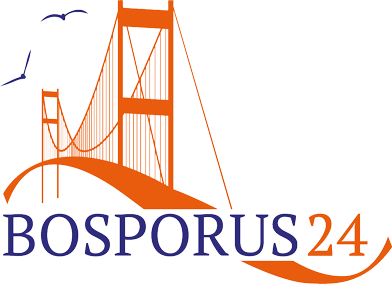Brexit and its impact on trade relations between Europe and Asia.
Brexit, the UK’s withdrawal from the European Union, has far-reaching implications for global trade, including trade relations between Europe and Asia. This article examines how Brexit has affected trade agreements, customs procedures and potential opportunities and challenges in the trade corridor between Europe and Asia.
I.Overview
Brexit, which entered into force on January 31, 2020, marked a significant change in the global trade landscape. Although it primarily concerned the United Kingdom and the EU, its impact extended to trading partners worldwide, including Asian countries.
1. The United Kingdom as a trading hub
Historically, the United Kingdom has acted as a crucial hub for the movement of goods to and from the EU. His exit from the internal market and the customs union raises questions about how this will affect the flow of trade between Europe and Asia.
2. New trade agreements
After Brexit, the UK sought to negotiate its trade agreements independently of the EU. This opened up opportunities for new trade agreements
II. Changes in customs procedures
1. Border controls and customs duties
The reintroduction of border controls and potential customs duties between the UK and the EU had the potential to disrupt supply chains reaching into Asia. Companies exporting to Europe had to adapt to new customs procedures and trade barriers.
2. Impact on Asian exporters
Asian exporters who had relied on the UK as a gateway to the EU had to navigate the changing landscape. Some companies explored alternative routes or established a presence in the EU to minimize disruption.
III. Trade agreement with Asian nations
1. New trade agreements
After Brexit, the UK initiated trade negotiations with several Asian countries, including Japan, South Korea and Singapore. These new agreements aim to remove trade barriers and promote trade between the UK and Asia.
2. The view of the EU-Asia
The EU also continued to negotiate trade agreements with Asian countries, such as the EU-Japan Economic Partnership Agreement and the EU-Vietnam Free Trade Agreement, and provided opportunities for European companies to operate in Asia.
IV. Opportunities and Challenges
1. Opportunities for Asian exporters
Brexit created opportunities for Asian exporters to independently strengthen trade relations with the UK and the EU. These opportunities included preferential trade agreements and diverse markets.
2. Regulatory complexity
The increased regulatory complexity brought about by Brexit, including rules of origin and compliance with UK and EU standards, posed challenges for companies trading between Europe and Asia.
V. After the Brexit
1. Diversification of supply chains
In response to the disruption caused by Brexit, some companies began to diversify their supply chains by identifying alternative routes and suppliers in Asia and Europe.
2. Continuing uncertainty
The ongoing negotiations between the United Kingdom, the EU and Asian nations contribute to some uncertainty in the trade corridor between Europe and Asia. Companies need to keep abreast of the evolving trade dynamics.
Brexit had a significant impact on trade relations between Europe and Asia. Although it brought challenges related to customs procedures and regulatory changes, it also created opportunities for Asian exporters and European companies seeking to conclude new trade agreements. The evolving post-Brexit trade landscape underscores the importance of adaptability and strategic planning for companies trading between Europe and Asia. As negotiations and trade dynamics continue to change, companies must remain agile to stay fit for this change.

